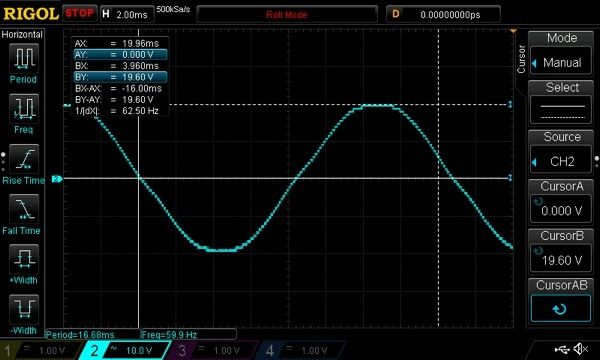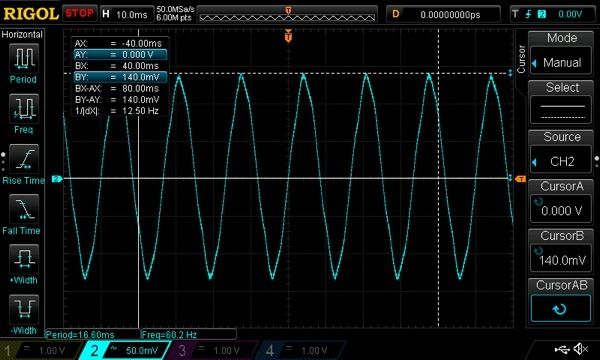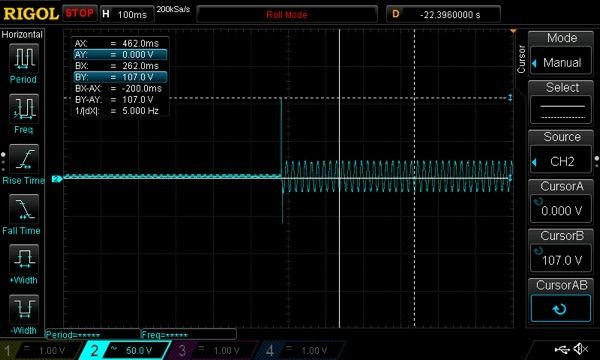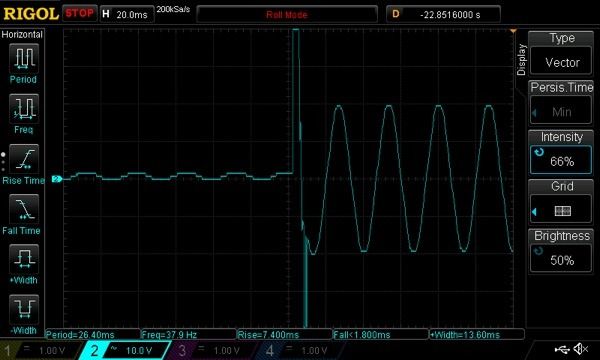- Joined
- Aug 16, 2013
- Messages
- 971
- Points
- 43
You're killin me LSRFAQ, I just bought the 1054Z. I agree, the interface and control panel are "cluttered" and "busy" it will be something to get used to. The larger screen is nice and at least there is an option for four channels even if there is limited bandwidth.
It's very unlikely I will perform the hack.
Right now I'm reading "The XYZs of oscilloscopes" and using the basic functions on the scope so I maybe better learn how to use it and what applications to use it for.
XYZs of Signal Generators | Tektronix
thanks all who have contributed to this thread.
It's very unlikely I will perform the hack.
Right now I'm reading "The XYZs of oscilloscopes" and using the basic functions on the scope so I maybe better learn how to use it and what applications to use it for.
XYZs of Signal Generators | Tektronix
thanks all who have contributed to this thread.
Last edited:










